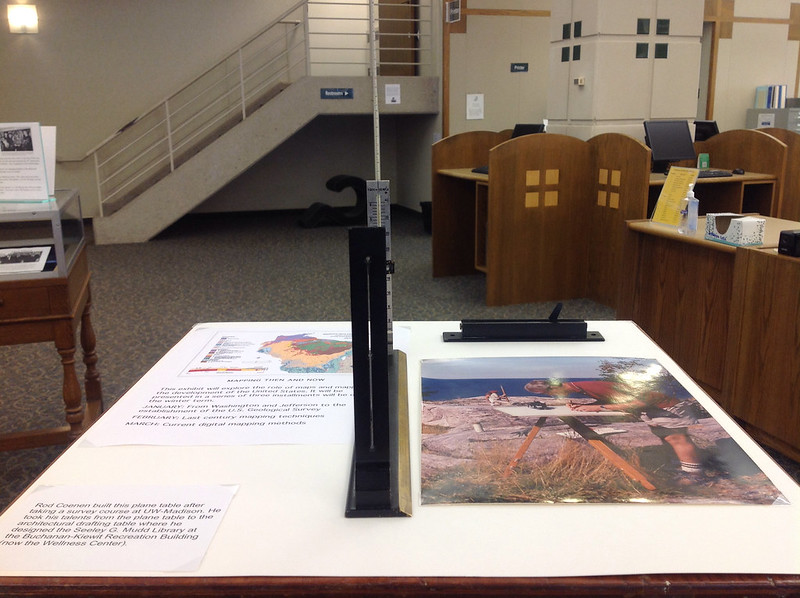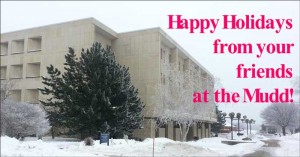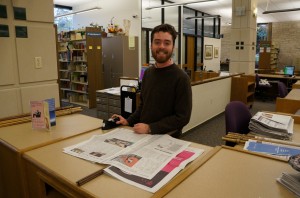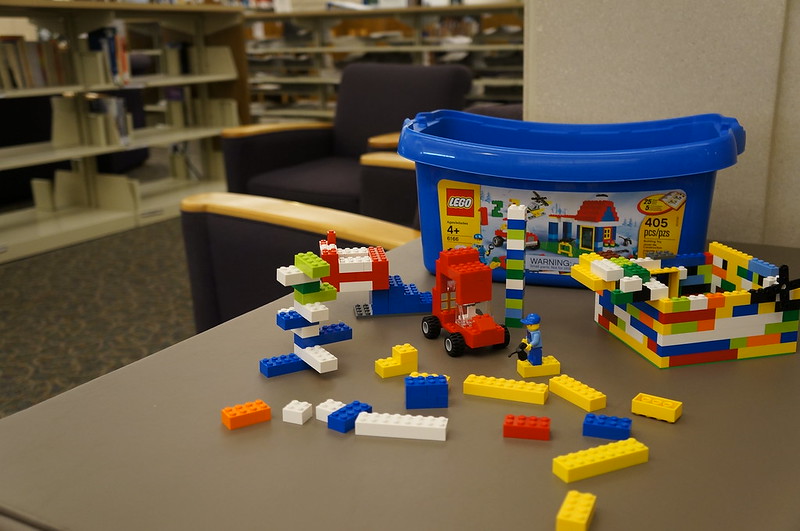
A generous and unexpected gift of 1958 Lawrence graduate, Kim Hiett Jordan, allowed the Lawrence Conservatory’s keyboard department to purchase a new Steinway D Concert Grand Piano. You may have read about it on the Lawrence blog.
The piano, which has been placed in the Lawrence Memorial Chapel, is one of the most popular models of Steinway concert pianos. It was carefully chosen by three of the Con’s keyboard department’s members- Catherine Kautsky, Anthony Padilla, and Michael Mizrahi (pictured)- who traveled to New York City to hand-pick precisely the right instrument.
Being one of the most popular piano manufacturers with a reputation for high-quality instruments, Steinway & Sons is not an unfamiliar name. However, for someone who lacks more specific knowledge regarding musical instruments, the importance of this newly-acquired instrument may not be entirely evident. Luckily, the Mudd has plenty of resources for those wishing to brush up on their Steinway knowledge. We’ve compiled a few sources to look into and in addition, a brief summary of what makes a Steinway great:
In 1836, Heinrich Engelhard Steinweg assembled his first piano in his home in Seesen, Germany, thus beginning the prosperous piano company we know today as Steinway & Sons. In 1850, he made a bold decision to sell the company and move to America with his family due to the economic recession in Germany; America offered free-enterprise and new and different manufacturing techniques. The Steinwegs worked for a variety of American piano manufacturers before coming back together in 1853, Americanizing their name, and officially establishing the Steinway & Sons company.
There was a strong emphasis on advertising and marketing for the company, and the construction of Steinway Hall New York City’s Union Square in 1864 allowed for concerts of world-renowned pianists performing on Steinway pianos. “The Instrument of the Immortals” became the company’s slogan for nearly a century after a young copywriter discovered that Steinways had been used by nearly every great pianist and most of the great composers since Wagner. However, many consider the pianos manufactured between the two World Wars to be the prime models for the company, and thus, the 1920s and 30s were dubbed Steinway’s “Golden Age.”
As for the Steinway Model D, the piano was originally designed in 1883. And amazingly, never had a formal blueprint- the specifications for the twelve thousand part piano were handed down from each generation of foremen to the next. Construction of Steinway Concert Grands takes nearly a year to complete, even today. But this meticulous craftsmanship has given it a reputation that it certainly lives up to. Steinway pianos have become famous for their ability to project more sound and project it farther- the “Steinway sound” encapsulates a full, dramatic, powerful bass all the way to a clear, singing treble, making the Model D a prime example of an exquisitely crafted instrument.
. . . . .
Sources from the Mudd Library:
Dolge, Alfred. Pianos and Their Makers: A Comprehensive History of the Development of the Piano from the Monochord to the Concert Grand Player Piano. New York: Dover Publications, 1972. Print. (Call No.: ML652 .D6 1972)
Hafner, Katie. A Romance on Three Legs: Glenn Gould’s Obsessive Quest for the Perfect Piano. New York: Bloomsburg, 2008. Print. (Call No.: ML417 .G68 H28 2008)
Lenehan, Michael. “The Quality of the Instrument.” The Atlantic Aug. 1982: 32-58. Print.






 On December 8, 1980 John Lennon’s life was tragically and violently cut short. In an age before 24-hour cable news networks and no cell phones or social media,
On December 8, 1980 John Lennon’s life was tragically and violently cut short. In an age before 24-hour cable news networks and no cell phones or social media, 

 We are happy to report that a variety of finals stress relief options will be available for Lawrence students in the library this weekend.
We are happy to report that a variety of finals stress relief options will be available for Lawrence students in the library this weekend.